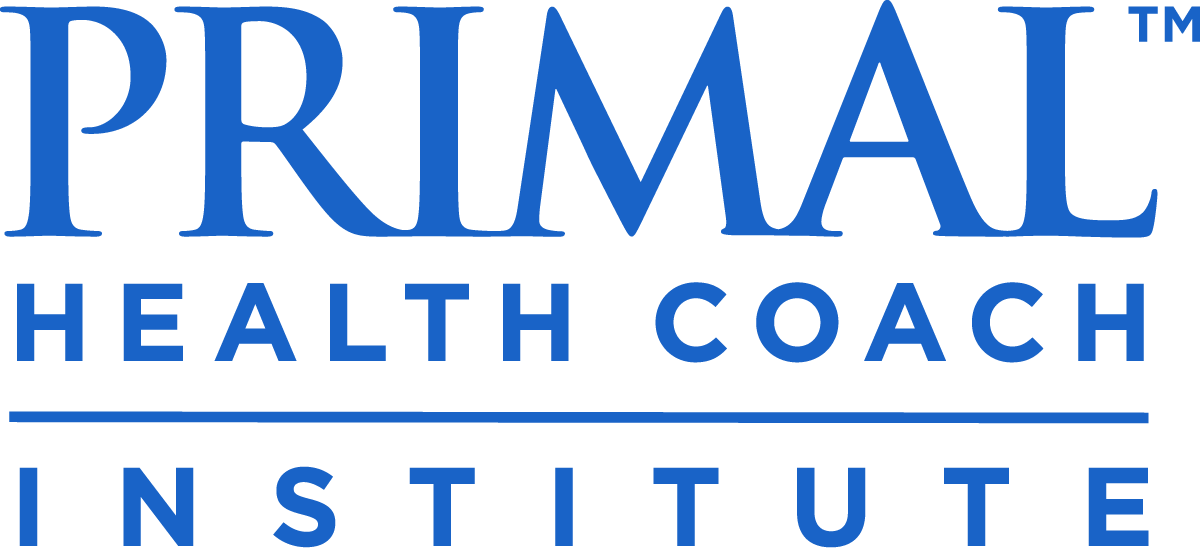
If you’re anything like I was when starting out as a health coach, you probably thought you had to rent an office space for your coaching practice as soon as you graduated. After all, if you don’t have an office, where will you see clients?
The truth is, you don’t need to spend hundreds of dollars a month to see clients in person, and you don’t need to see clients in person to help them successfully reach their health goals.
In fact, according to this article, 3.9 million Americans are now working remotely, and that number is increasing every day. It’s a growing trend that not only helps you save money and countless commuting hours, it gives you a huge audience of potential clients to work with since you’re not limited by location. Thanks to smart phones, email, document-sharing platforms, and video conferencing, you can literally work from anywhere, and help clients all over the world.
In today’s post, we’re going to review different ways you can work with clients remotely, then go into some specific tools we recommend using, and the pros and cons of each.
Looking for flexibility and freedom? You’re in the right place.
Health coaching is one of the fastest growing (and highest paying) fields out there right now. And whether your goal is to help baby boomers live Primally, show busy working moms how to lose the baby weight, or communicate the importance of rest and recovery to CEOs, remote health coaching gives you endless opportunities for working with clients. For example, you might consider working with clients through one or more of the following options:
- One-on-one sessions
- Group classes
- The Primal Blueprint 21-Day Challenge
- Webinars
- Digital products or e-books
- Online courses
- Workshops
The possibilities of the type of remote business model you can construct are vast, and the rapidly growing trends in online communication mean that new platforms and tools are always on the horizon to help you be more accessible to a wide world of potential clients.
Put this technology in your health coaching toolbox.
Okay, so now you have some idea of what kind of remote services you want to offer. But how will you put your plan into practice? Below are our top picks for video and phone conferencing, live streaming, course creation, and document sharing, with a few pros and cons for each.
Skype
With nearly 30 million users worldwide, this is one of the best-known online meeting tools around. Use it for video or phone conferencing for free when you make calls between Skype accounts.
PROS: You can have as many as 25 people on a voice conference call. Plus, instant messenger and screen sharing let you see documents and communicate in real-time.
CONS: Skype only lets you have 4 people on a video call, so if you’re leading a class or challenge, you might need to choose a different platform.
Zoom
Scalable and easy-to-use, Zoom can handle phone calls, video conferences, and webinars, and has both free and paid plans. Personally, I use Zoom to host my online nutrition classes, and am 110% satisfied.
PROS: It’s free for up to 100 participants (for a call up to 40 minutes), and unlimited time for one-on-ones. Zoom also lets you do screen sharing, set up a single-click meeting link, and they have awesome customer support.
CONS: The main disadvantage here is that you need a paid subscription if you’re planning on having multi-person sessions, or classes lasting more than 40 minutes.
Google Hangouts
From video conferences to phone calls, texting, and instant messaging, this platform lets you connect with clients for free, or as little as $5 a month for upgraded features.
PROS: In Google Hangouts you can have up to 10 people per video or phone call, or up to 25 if you’re a Gsuite subscriber. Plus, you can live stream straight to your YouTube Channel or website for webinars.
CONS: The video quality is good, but not as sharp as Skype. And to get started you have to create a Hangout, then invite participants to join, versus just calling someone up.
FaceTime
Most of you have probably used or at least heard of FaceTime. But if not, it’s a way to make video calls from one Apple device (an iPhone, iPad, or Mac) to another Apple device.
PROS: Devices running the Apple operating system (iOS) will have the FaceTime app already installed, which makes using this platform for face-to-face calls extremely easy.
CONS: One of the biggest drawbacks of FaceTime is that you can’t talk to multiple people at once. It’s only for one-on-one calls. And it’s only for iOS users. A fairly new alternative to FaceTime is Google Duo, which is compatible with both Android and iOS devices.
Facebook Live and YouTube Live
For live webinars, these are two of the largest streaming platforms out there, offering lots of ways to reach audiences and directly interact with them.
PROS: Both platforms are free to use and have no limits when it comes to how many people can watch your stream. On Facebook, you probably have a built-in audience already, and can determine who sees your stuff by posting it in niche groups. On YouTube, you get a dedicated URL where fans can always see your streams.
CONS: Any content you post on Facebook (including webinars and live streams) won’t get ranked on a search engine. You can search on Facebook itself, but not on Google or Bing. And with YouTube Live, you actually give up control of your own content, plus it can be blocked anytime, for any reason.
Thinkific
Thinking about creating an online course? This is a simple-to-use, yet powerful platform for creating, selling, and delivering your course, and has both free and paid plans.
PROS: The admin area is easy to navigate, with intuitive drag-and-drop design and excellent customer service.
CONS: You can set up an affiliate program to help promote your course, however, they’ll take a commission on anything you earn from admissions.
Teachable
Another popular platform for building and delivering online courses is Teachable. A lot of health coaches like this platform because there’s not a whole lot of set up needed.
PROS: In just a few clicks, you’ll have a good-looking site with fully functioning courses and tools for marketing, management, and payments.
CONS: Monthly plans start at a low $39, however, there aren’t any free plans or trials.
Dropbox
This password-protected file sharing platform keeps all of your disclaimers, intake forms, questionnaires, recipes, workouts, and more in one place, and makes them accessible to any device or client you want.
PROS: Professional-level security features keep sensitive client information safe. Plus, you can send files and folders to clients even if they aren’t Dropbox users.
CONS: You only get 2GB of storage in the free plan, and while you can add notes within a document, you can’t make edits in real time.
Google Drive
If you use Google Hangouts, have a Gmail account, or are just a fan of Google, this file sharing platform is for you. Even if you’re not immersed in the Google ecosystem, there are plenty of reasons to check it out.
PROS: The free plan gives you up to 15GB of storage, and you can create, edit, and share documents in real time.
CONS: There are some filesize restrictions, for instance, embedded images inside your documents can’t be larger than 2MB. And some users might have qualms about Google’s privacy policy, which relies on data mining to sell information to advertisers.
To recap…
Working remotely is a smart way to save time and money, and see more clients without the limitations of location. And with modern technology like video conferencing, file sharing, and ways to create and sell courses online, you’ve got a never-ending stream of revenue for your health coaching business—without even leaving your house.
Thinking about working as a remote health coach? These 9 platforms make it easy to bring your vision to life.
- Skype
- Zoom
- Google Hangouts
- Facetime
- Facebook Live and YouTube Live
- Thinkific
- Teachable
- Dropbox
- Google Drive



